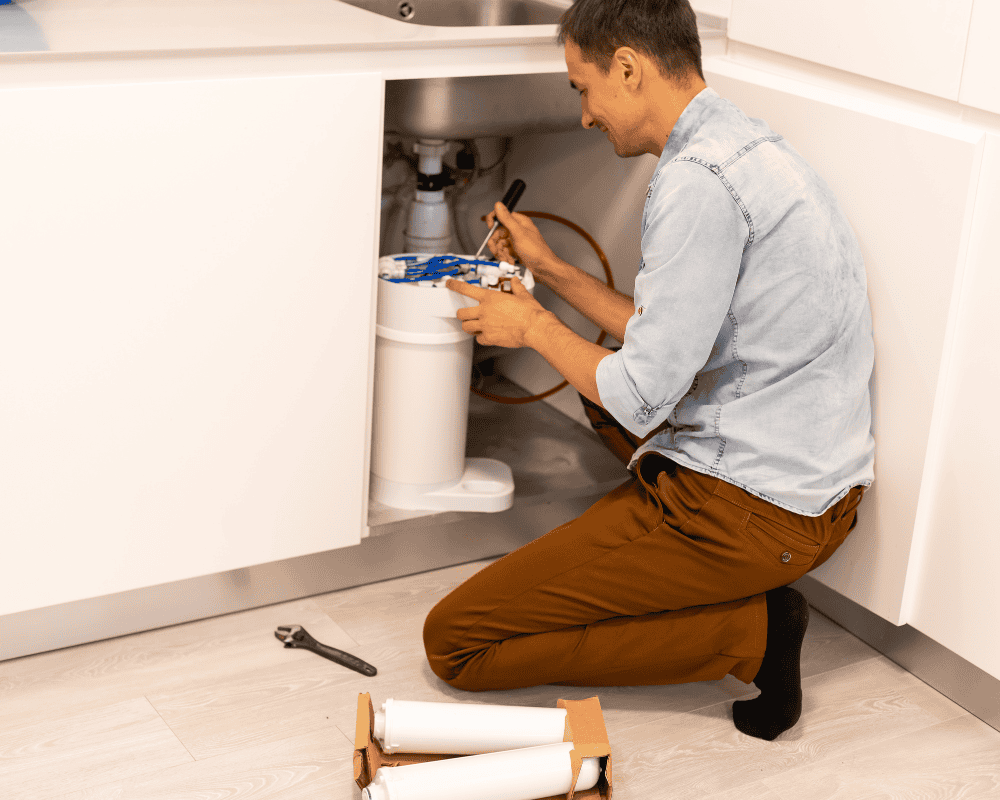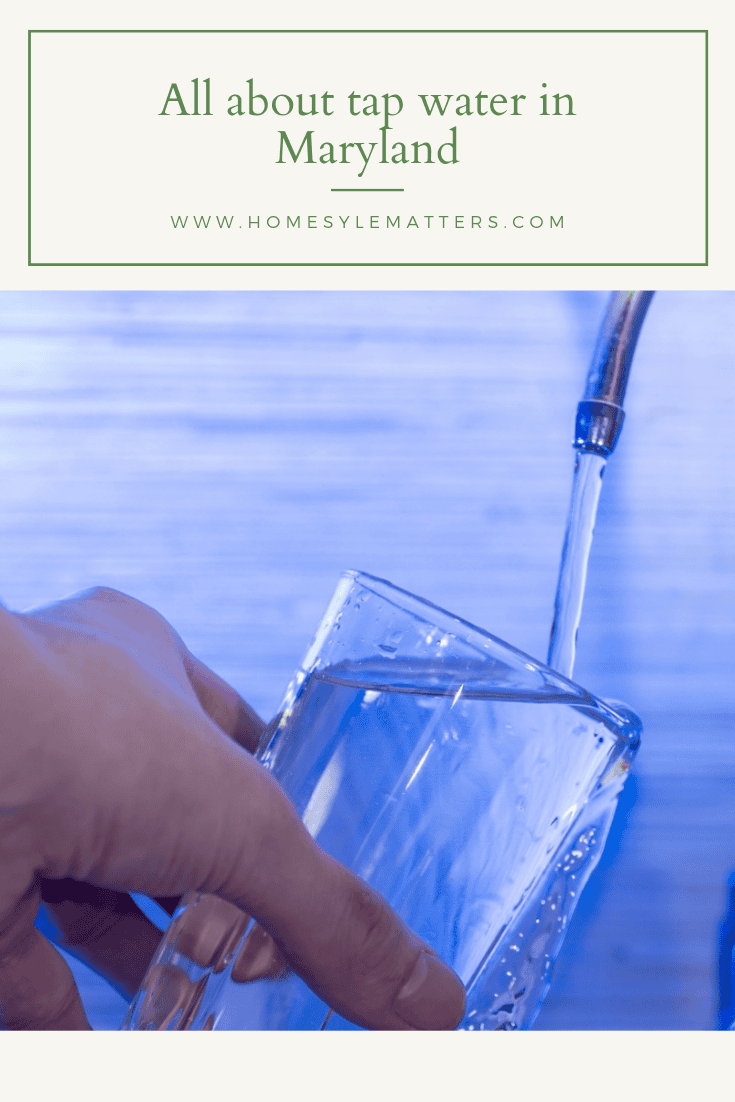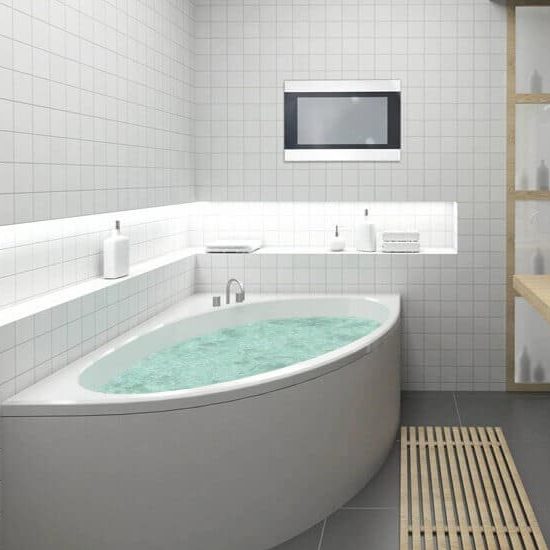All About Tap Water In Maryland
Table of Contents
Every cell, tissue, and organ in the human body needs water to function correctly. But according to the World Health Organization, 3.4 million people die each year from dirty water, sanitation, and hygiene-related causes. Most of these deaths are preventable with access to safe water and basic sanitation facilities.
A few years back, the scenario was the same in Maryland too. The water coming directly from the tap was not safe for drinking. But after the government’s intervention, the water is safe to drink now, and you no longer need to wonder – is tap water in Maryland safe to drink?
What Is A Public Water System In Maryland?

A public water system is defined as providing water for humans through pipes or other conveyances to 15 service connections or serving an average of at least 25 people for more than 60 days a year. The public system in Maryland must meet specific requirements to ensure the safety of the water that it provides to its customers. These requirements include having a certified operator, maintaining quality testing records, and reporting violations to the Maryland Department of the Environment.
The Maryland office of the Environment is responsible for ensuring that public water systems in the state are safe and comply with all applicable laws and regulations. The department conducts inspections of public water systems and investigates complaints about them. It also enforces rules and regulations governing these systems, including issuing fines and orders for corrective action when necessary.
Types Of Tap Water
There are two types: hard and soft. Hard is high in minerals, while soft is low in minerals. The kind of water depends on the source and the treatment it undergoes. As a result, Maryland residents often ask, is tap water in Maryland safe to drink?
Hard
It is often found in wells and surface water that has not been treated. The minerals in it can build up your skin and hair and cause dryness and irritation. They can also damage plumbing fixtures and appliances over time.
Soft
It is often found in municipal supplies treated with reverse osmosis or distillation. This type is gentler on your skin and hair and won’t damage your plumbing fixtures or appliances as quickly as hard water.
Tap Water Filtration Techniques At Home

Filtration is a method that removes impurities by using a physical barrier, chemical process, or biological process. There are many different filtration systems, but they all share one common goal: to produce clean, safe drinking water.
Active Carbon
One popular type of filtration system is the active carbon filtration system. This system uses activated carbon to remove impurities. Activated carbon is a form of carbon that has been treated to make it highly porous. This carbon allows it to absorb (or bind) to impurities and effectively remove them from the water.
Active carbon filtration systems effectively remove many impurities, including chlorine, lead, and other heavy metals. They also remove certain organic compounds, such as pesticides and herbicides.
Reverse Osmosis
Reverse osmosis is a filtration technique that can remove many contaminants from tap water. This includes lead, chlorine, and other harmful chemicals. Reverse osmosis works by using a semi-permeable membrane to filter out pollutants. The filtered water then goes through reverse osmosis, which removes any remaining contaminants.
Final Verdict
It is okay to drink tap water in Maryland. The state has strict regulations to ensure the supply’s safety. There have been no significant outbreaks of water-borne illness in recent years. However, checking the quality report before drinking is always a good idea.




